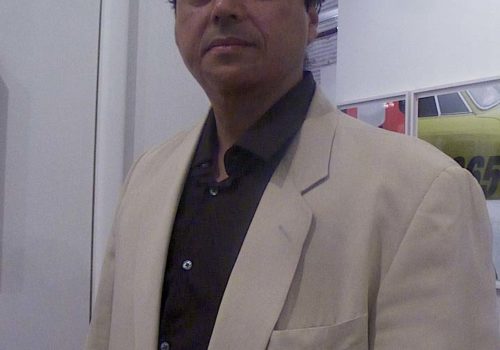The event offered one delight after another. Now one last time, so as to feel the warmth of this magic moment as long as possible, let us revisit a few photographs by Eric Kroll, Olivier Castaing.
• Exhibition – War/Photography: Photographs Of Armed Conflict And Its Aftermath
War/Photography: Photographs Of Armed Conflict And Its Aftermath at the Annenberg Foundation encompasses over 150 images going as far back as 1887 through present-day and is arranged by themes presenting both the military and civilian point of view including the advent of war, daily routines, the fight itself, the aftermath, medical care, prisoners of war, refugees, executions, memorials, remembrance and more. The exhibit includes the work of award-winning portrait photographers and photojournalists, military photographers, amateurs and artists including iconic images such as Joe Rosenthal’s Old Glory Goes Up on Mount Suribachi, Iwo Jima and Alfred Eisenstaedt’s V-J Day, Times Square, New York. Recognizable from news coverage is Eddie Adams’ image of the execution of a Viet Cong prisoner on the streets of Saigon. This exhibition was organized by The Museum of Fine Arts, Houston.
War/Photography: Photographs Of Armed Conflict And Its Aftermath
Until June 2nd, 2013
Annenberg Foundation
2000 Avenue of the Stars #1000
LA 90067 Los Angeles
T. 213 403 – 3000
Monday-Tuesday – Closed, Wednesday-Friday – 11-6pm, Saturday – 11-7:30pm, Sunday – 11-6pm
• Exhibition – Diane Arbus Photographs
The Fahey/Klein Gallery presents a special exhibition of Diane Arbus photographs. Culled over many years, this never-before-exhibited private collection contains several important Arbus photographs including, among others, Russian midget friends in a living room on 100th Street, N.Y.C., 1963; Lady Bartender at home with a souvenir dog, New Orleans, L.A., 1964; Jack Dracula, the Marked Man, N.Y.C., 1961; Two ladies at the automat, N.Y.C., 1966; and Circus fat lady and her dog, Troubles. Diane Arbus remains one of the most influential and revered artists in the history of photography. Diane Arbus’ portraits of socialites, nudists, transvestites, carnival performers, and eccentrics reflect her long-standing interest in subcultures and the rituals of groups within society. Arbus closely collaborated with her subjects by posing them, engaging them in conversations, and spending time in their homes and environments. This process set Arbus apart from her contemporaries, and resulted in images that are formal and deliberate, but also exceedingly personal. In turn, each portrait becomes an engaging collaboration between the subject, photographer, and viewer. “Privately, Arbus compared her photographic approach to gathering a butterfly collection, a metaphor that evokes both the evanescent quality of photography and its scientific objectivity.” (Sandra S. Phillips, The Question of Belief, “Diane Arbus: Revelations”, Random House, 2003) Arbus’ images contain a paradoxical element which uncovers the strange in the everyday while simultaneously revealing the familiar in the unknown. Diane Arbus’ images investigate the nature of identity, and explore the difference between how her subjects want to be seen and how others see them— what Arbus referred to as the “gap between intention and effect”. Arbus’ photographs acknowledge her subjects’ complexity and duality, and in turn reveal the defining characteristics of each person. “Arbus’ particular contribution as an artist was not in what kinds of people she approached to photograph, but in what she was able to derive from the experience. Her devotion to the principles of the art she practiced—without deference to any extraneous social or political agenda—has produced a body of work that is often shocking in its purity, in its bold commitment to the celebration of things as they are. Her refusal to patronize the people she photographed, her acceptance of the challenge of the encounter constitutes a deep and abiding humanism.” (Sandra S. Phillips, The Question of Belief, “Diane Arbus: Revelations”, Random House, 2003) In 1967, Diane Arbus was included with her contemporaries Garry Winogrand and Lee Friedlander, in the hugely significant exhibition “New Documents” at the Museum of Modern Art, New York curated by John Szarkowski. A posthumous retrospective of her work was exhibited at MoMA in 1972, one year after her death.
Diane Arbus: Photographs
Until May 18th, 2013
Fahey Klein Gallery
148 North La Brea,
CA 90036 Los Angeles
T. 332 934-2250
Hours: 10:00 am to 6:00 pm Tuesday through Saturday
















